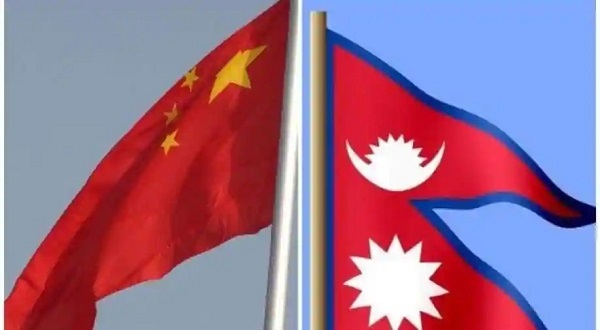Kathmandu/New Delhi, (Samajweekly) In the backdrop of the decision taken by the government of Nepal to set up a committee in September to tackle the border dispute with China – specifically to investigate the encroachment by China in the Humla region of Nepal – the Chinese have adopted a strong and aggressive stance against Nepal amounting to ‘bullying’ tactics, as per Nepali political analysts.
While Nepalese authorities claim that the government had only set up a committee to investigate the suspected encroachment by China in Humla district, which had yet to begin the process, the Chinese reaction was unusual and rare in that they have taken strong objection to any such investigation to be undertaken.
This has led several Nepalese intellectuals and political analysts to believe that China fears revelation of manipulation in the border markings in the area which could portray the Chinese as having encroached into Nepalese territory.
Coming at a time like this, such a revelation would indeed portray the Chinese as “aggressors”. They feel that China should be rather more forthcoming in facilitating and suggesting the investigation so that the matter is put to rest once and for all. However, the panic driven reaction from the Chinese side has increasingly led to the feeling that China appears concerned about the outcome of the investigation.
Meanwhile, Nepali Congress (NC) politicians are of the firm belief that encroachment has indeed taken place in the Humla region.
Jeevan Bahadur Shahi, an MP from the NC, who is a resident of the area and whose family has lived through generations in Humla, is the best witness to the change in border dynamics in the region.
He and a host of villagers from the region claim that they were earlier able to graze their herds well within the area which is now considered to be inside China. In fact, the Chinese have constructed some concrete buildings in the area which was used for grazing by the locals at one point of time. The locals claim that they used to travel well beyond the location of the concrete structures, but cannot do so now due to objections from the Chinese.
Jeevan Shahi claims that the Pillar No. 12 has been tampered with by the Chinese and relocated inside the Nepalese territory without any doubt. Shahi has meticulously mapped the change in border contours in the area and is of the firm belief that the Chinese exploited the lack of attention from Kathmandu on a far located treacherous area which has never been visited by representatives of the archaeological department of Nepal.
The lack of an organised mechanism for continuously mapping the border and ensuring the existing markings are not tampered with probably led to the confidence in the Chinese to push the borderline inside Nepal.
Chinese “bullying” claimed by Nepali experts
Soon after the committee was set up by the government to investigate the matter, the Chinese reacted by stopping supply of essential goods and also objected to the formation of the committee to inspect the land encroachment. China also warned Nepal of a blockade in case the land encroachment committee undertakes its task. Pressure is being exerted on the Nepalese side in different ways to ensure that the matter is not investigated at this stage.
The incident clearly indicates the ‘wolfish’ approach of the Chinese government against a small neighbour on an issue which could reveal the true Chinese intentions in the region.
China has been fortunate that a significant chunk of Nepalese politicians are from Left wing parties who have not made much noise against such encroachments in the past. It is only after coming to power that the NC has justifiably decided to investigate the matter.
China fears that with advanced equipment and modern technology available with the Nepalese authorities, they would be in a position to probably identify the aberration in the border lining which could cause embarrassment to them.
Third party investigation
Some Nepalese experts have even suggested that in order to prevent any element of suspicion or malafide intention on the part of the Nepalese authorities, they could nominate a third party in the form of a group of international experts who could work in tandem with Nepalese experts to reveal the true status of the border.
This is an issue on which Nepal should ensure a thorough investigation and bring to the fore the true position. Such a move would be considered of tremendous value to the people of Nepal by any government which can put the records straight in the interest of the country and its people.
There has been a tendency in the Chinese to encroach into the Nepalese territory at other locations as well. In May 2019, a report by the Survey department of the Nepalese Ministry of Agriculture had revealed that China had diverted the course of a river along the border in Tibet which led to 36 hectares of land in four different districts touching the Chinese border to fall inside the Chinese territory. Local authorities at these locations confirmed the changed status of the river and the shifting of land into the Chinese territory.
As Shahi has maintained that the issue is not about right or wrong, but to find the truth and ensure that such encroachment does not take place in future. He feels that if Nepal sits quiet on the issue, they would face more such encroachments which will be difficult to challenge.
Most Nepali intellectuals feel that China should not place a spoke in the investigations as it could impact the Chinese image and reputation in the long run.










